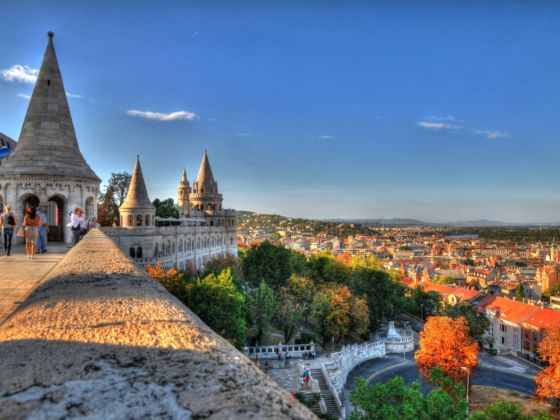HIGH DYNAMIC RESOLUTION (HDR) is the Marmite (or Vegemite, depending on where you live), of photography. There’s no real sitting on the fence with this stuff, you either love it – or, like me, would rather skewer your own eyes out with a monopod than look at a gallery of the stuff.


You know the type of photography I mean – those oversaturated blasts of hyper-reality that make you feel like someone spiked your vodka Martini and shoved you inside a kaleidoscope.
To break it down, High Dynamic Range allows a greater “dynamic range” of luminances (brightnesses) between the lightest and darkest sections of an image than is normal. This is usually achieved by capturing multiple photographs of the same image at different settings then merging them into one photo – a HDR photo.
Of course, as a photographer I appreciate the technical prowess and skill that goes into a HDR photograph – or at least used to go into it, before plug ins like Photomatix and in-camera HDR tools became freely available. Photographers like Trey Ratcliff, to give him credit, have been plugging away at this stuff for years, and know their onions from a technical point of view.
But like all art techniques that were once the realm of specialists and have grown popular and overused, HDR these days just feels like cheap novelty – the photographic equivalent of Auto Tune in rap, with roughly the same level of “cool” – to me – as a Mickey Mouse holographic wristwatch.
I know, many of you love and will defend HDR, and that’s good. Where would the world be without opinions? I’ll even be kind enough to leave you with this 85-image HDR gallery. Me? I’ll be in the kitchen, eating my Marmite sandwich. *With experienced faculty, a robust curriculum, and an active and networking community of fellow photographers, the MatadorU Travel Photography program will teach you how to become a travel photographer.